There is also a plan with an airline ticket.
Ueno Park : Time travel to the Edo Period through architecture and food
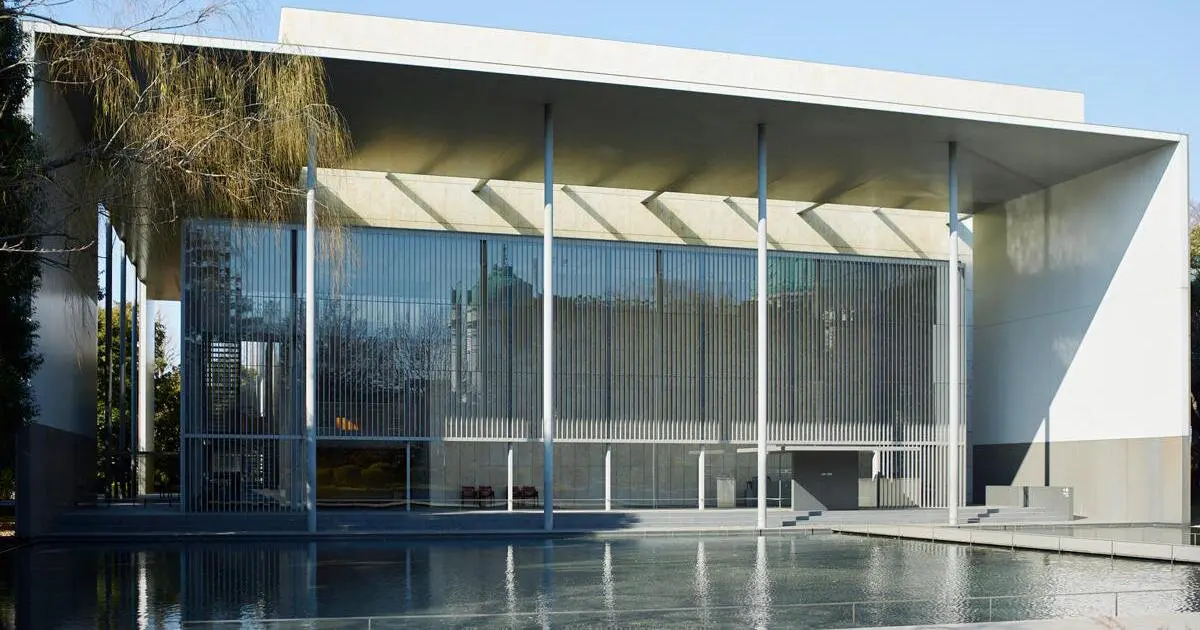
In this article series, NOHGA HOTEL introduces how to experience the neighborhood of Ueno.
Being deeply connected to a place: That is, to know more of the landscape features, events, and history consisting it, both tangible and intangible.
As our first topic, we picked Ueno Park, a symbolic place which cultivated the history and culture of this particular city.
Ueno Park
Tokyo National Museum:
A treasure trove of finest Japanese art collection,
inside a worldly renowned architecture.
As you walk back from Ueno Toshogu shrine toward the open space with the large water fountain, you'll see the Tokyo National Museum toward the end of the path. It has the longest history of all national museums in Japan, and boasts the country's finest collection of artworks in terms of quality and quantity.
Even spending the whole day here isn't enough time to leisurely enjoy the treasure trove of Japanese art assembled at the Honkan Main Gallery, wander around the Toyokan designed to take you on a journey of Oriental art, or visit the total of six exhibition buildings, Japanese garden, and other facilities and attractions located in the museum's extensive grounds.
If you're pressed for time, then take the route that focuses on Japanese history and the museum's architecture. Start at the Honkan Main Gallery, which you'll see as you enter the museum's grounds from the main gate.
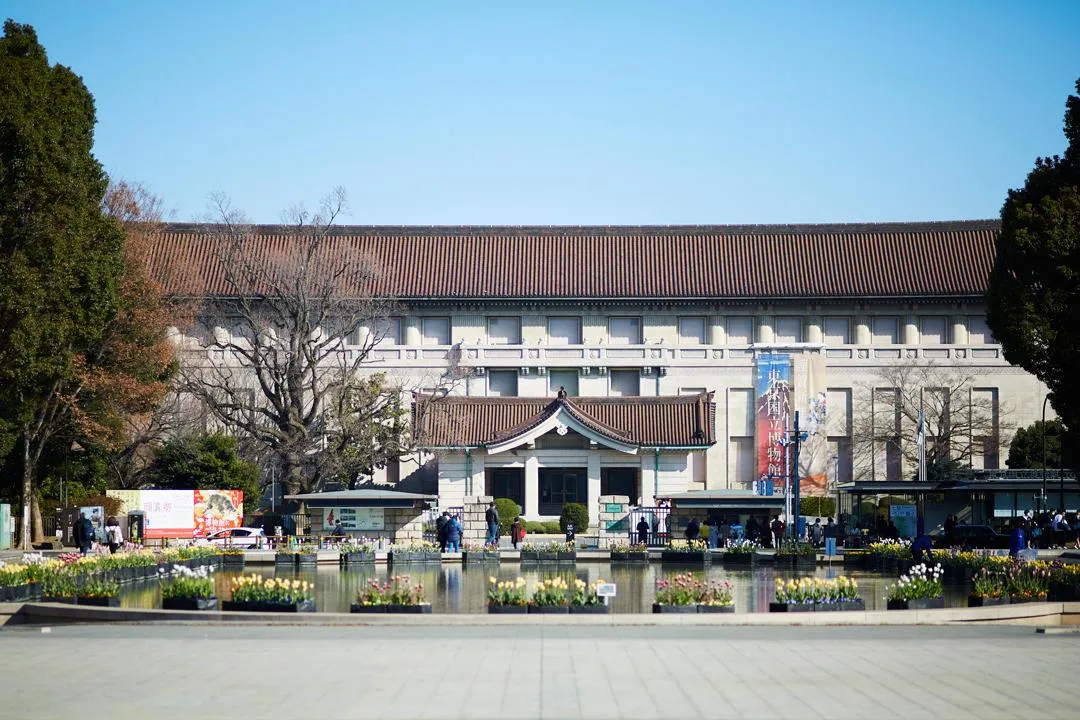
This version was built in 1938 and designed by the architect Jin Watanabe, who also worked on the Wako department store building in Ginza. It replaces the original Honkan that was designed by the British architect Josiah Conder, and severely damaged in the Great Kanto Earthquake in 1923. With its concrete construction and tiled roof, the building exudes a sense of the Oriental.
Upon entering the Honkan, you'll see a huge masterpiece marble staircase that sweeps through the building's interior.
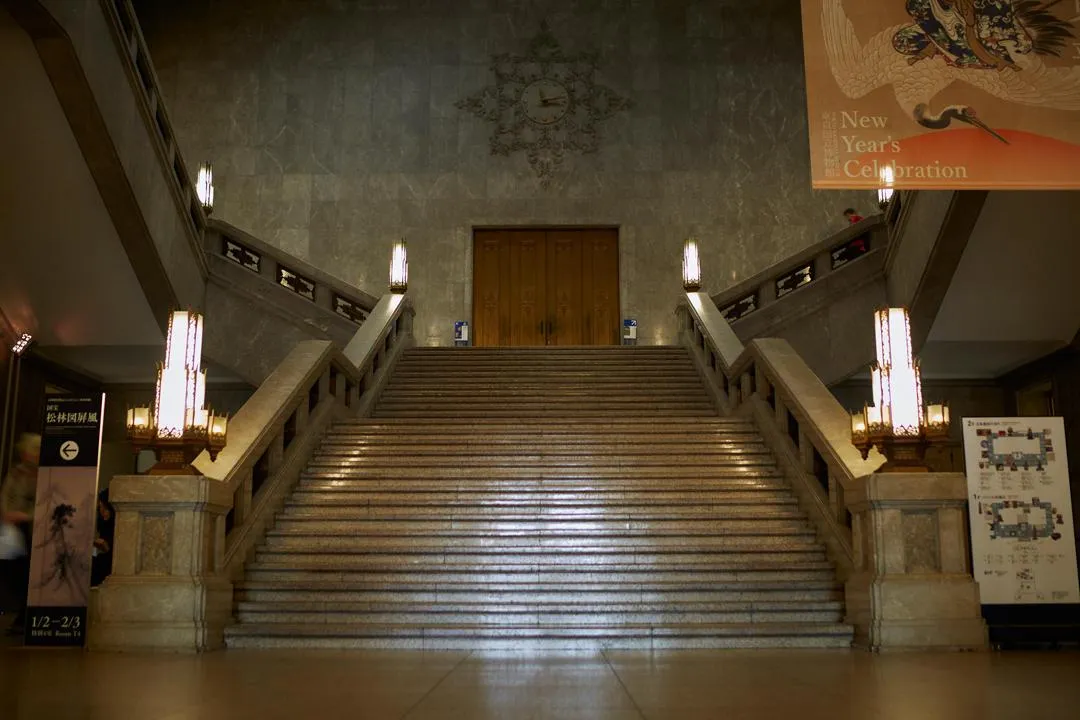
The Honkan is a compendium of Japanese art, with a collection spanning from earthenware dating back to the Jomon era to Ukiyoe art from the Edo period.
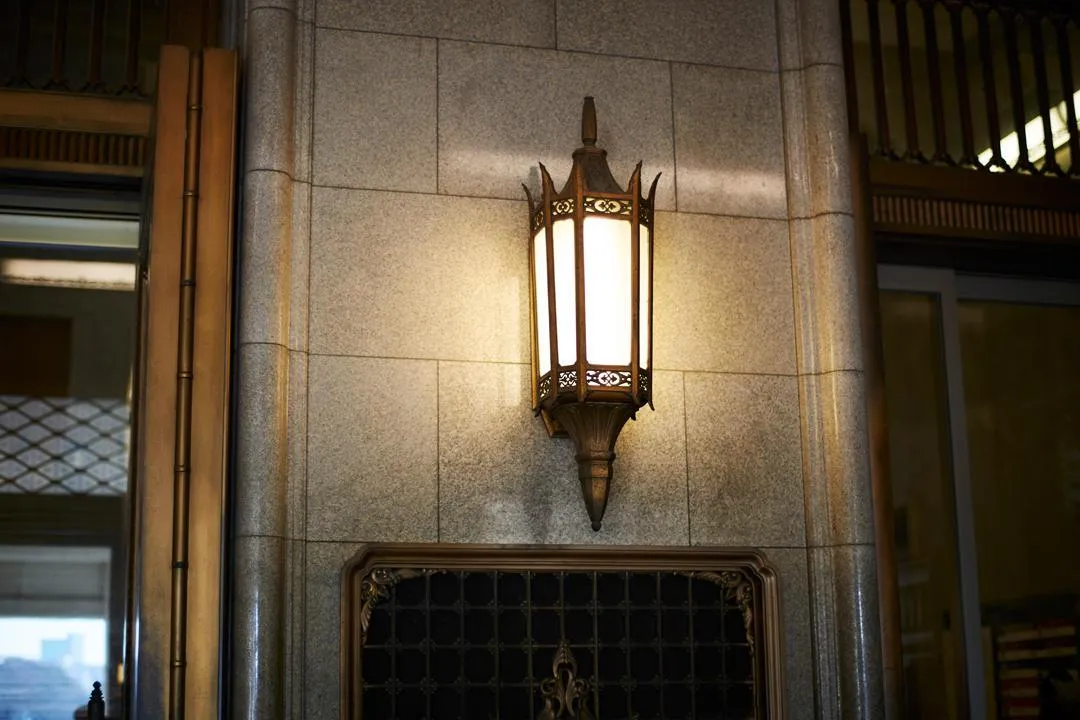
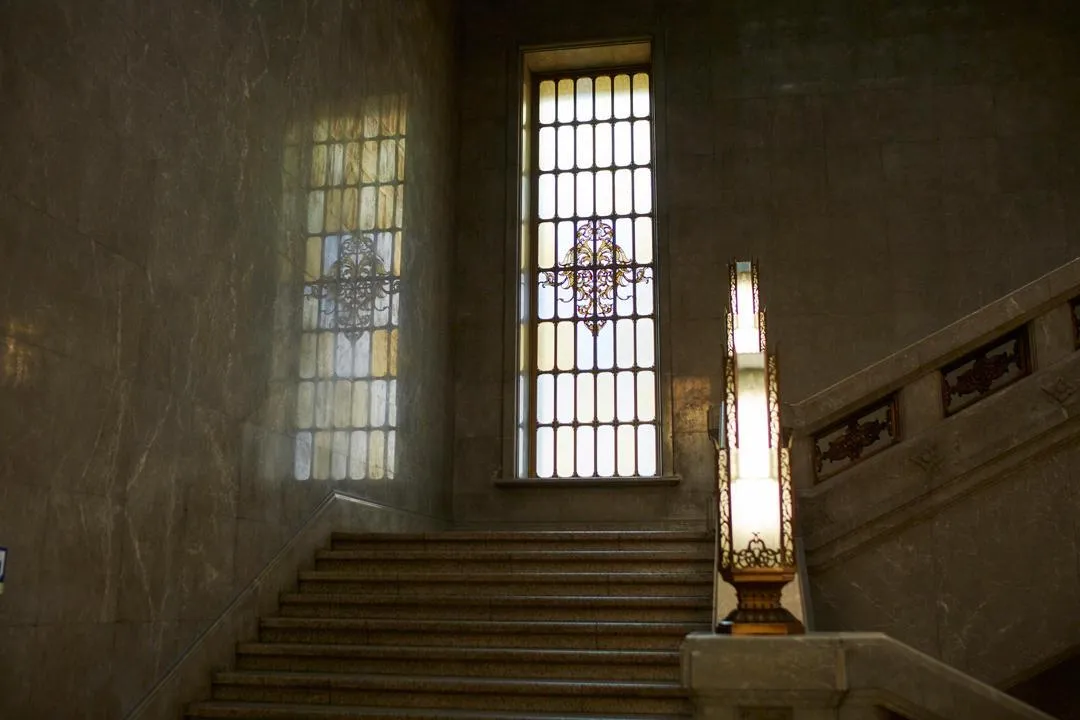
In the west of the grounds is the historical kuromon black gate, which is said to have been built around the end of the Edo period (circa 1800). This is a great opportunity to view up close an Important Cultural Property and valuable piece of architecture that was once the main gate of Edo Castle; the gate was eventually transferred.
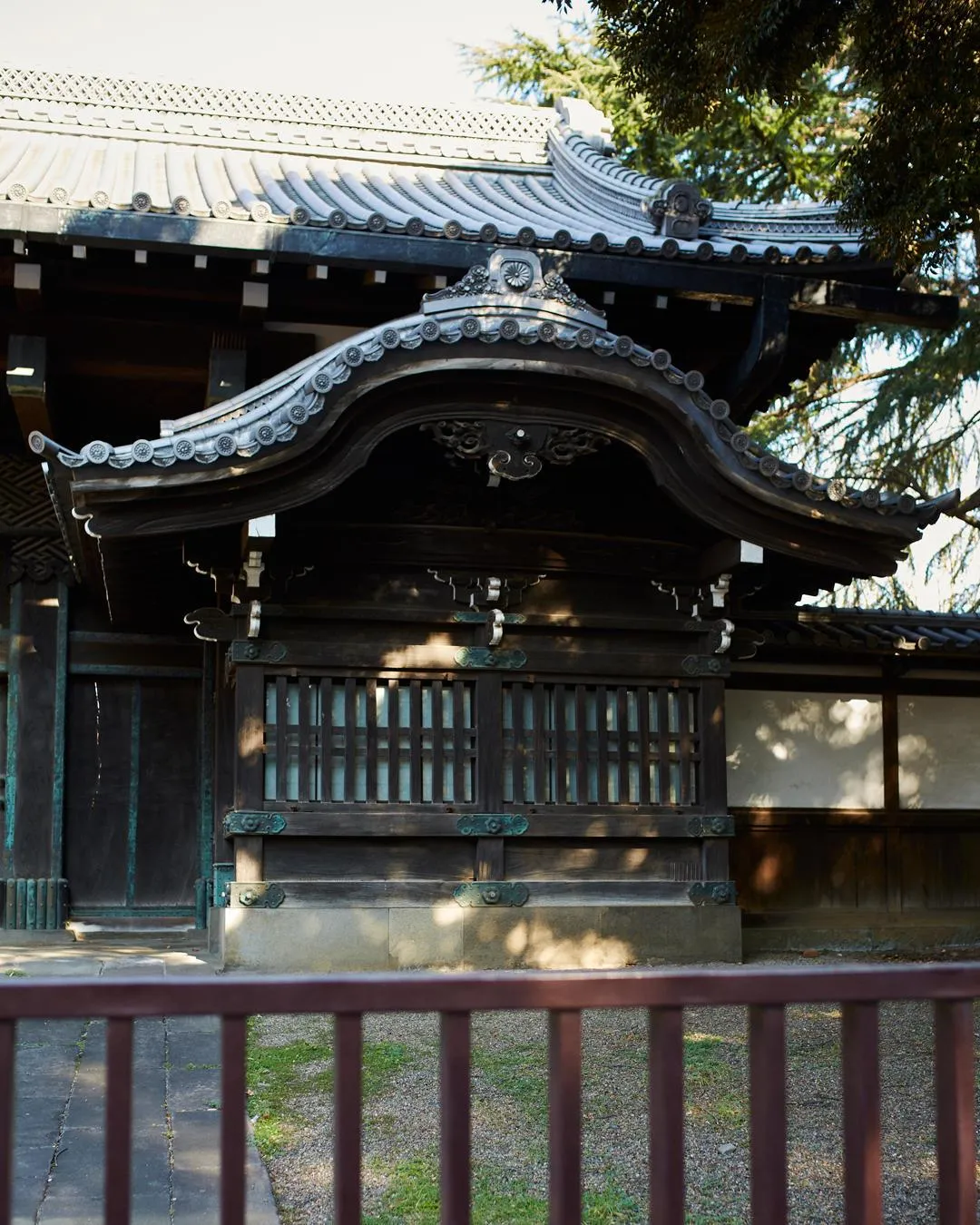
As you make your way around the grounds you'll come across the Gallery of Horyuji Treasures, a beautiful glass-covered linear building that appears as if it's serenely floating on water.
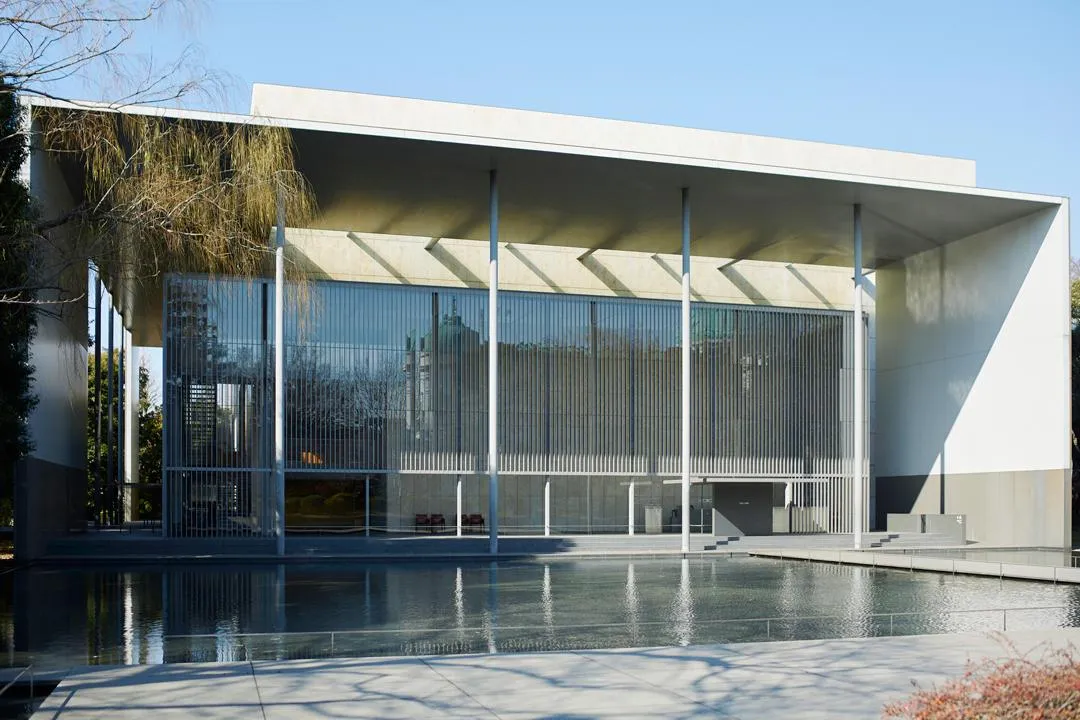
It holds over 300 treasures that were donated by Horyuji temple to the Imperial Household; the jurisdiction of these treasures was subsequently transferred to Japan. The Gallery's collection of exhibits is said to be on par with that of Nara prefecture's Shosoin Repository. The building was designed by Yoshio Taniguchi, who also worked on the Museum of Modern Art (MoMA) in New York.
As you move from the bright and open entrance to the exhibition rooms, the lighting suddenly dims as you are guided into a space of tranquillity and toward a row of statues of Buddha standing in the soft lighting.
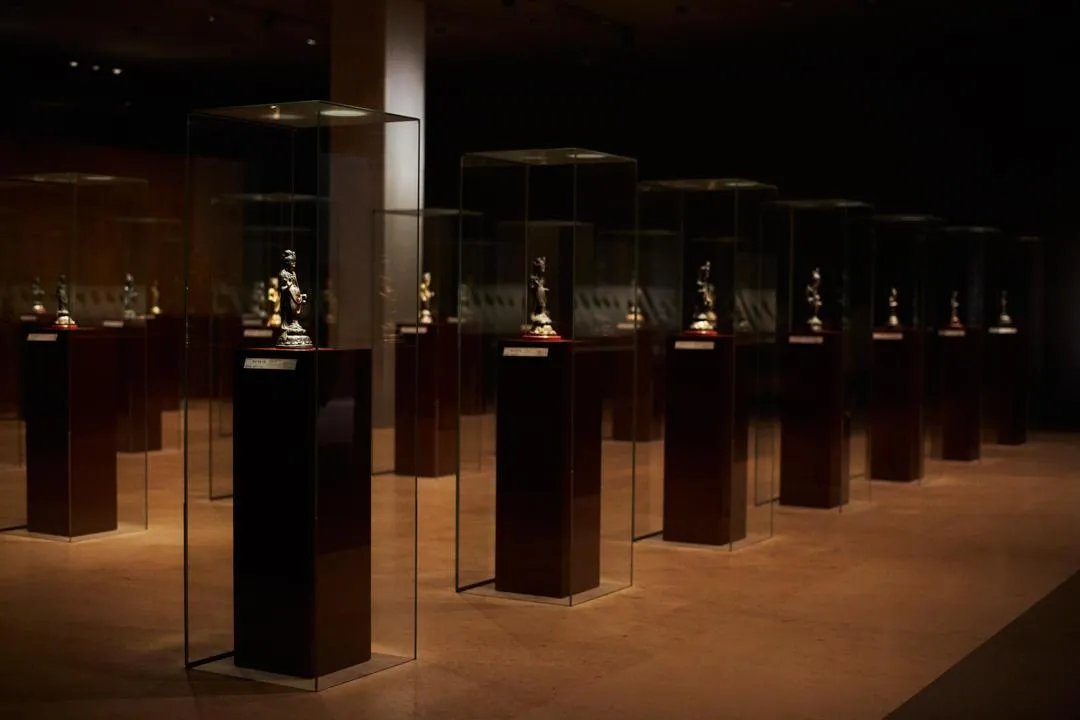
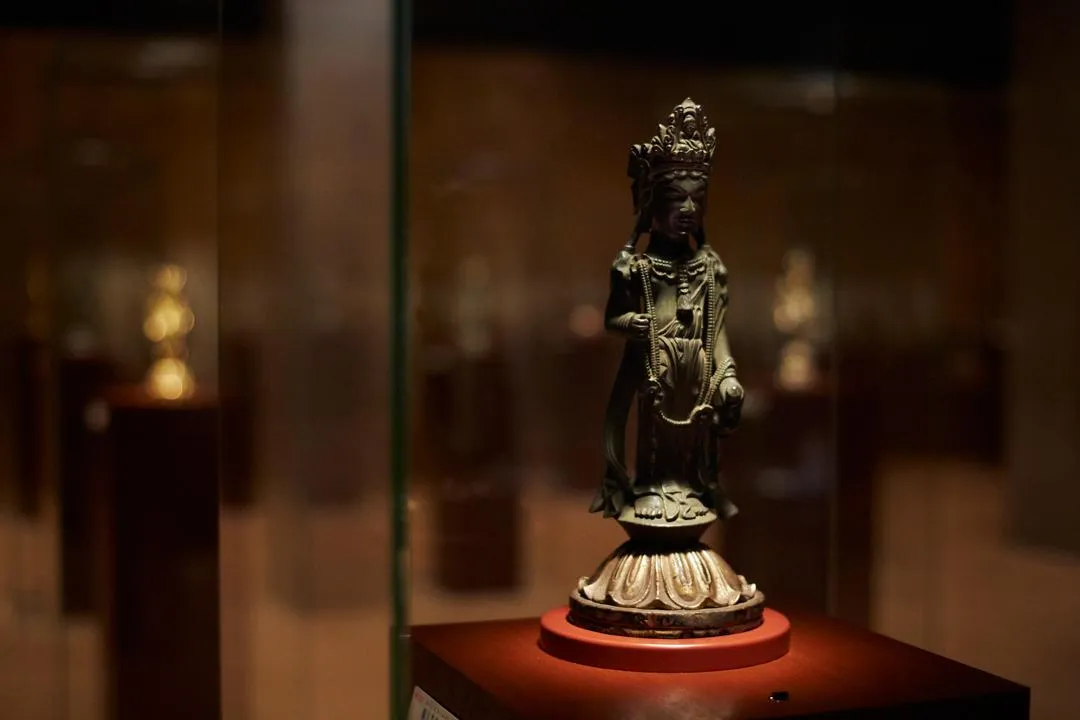
These gilt bronze statues of the Bodhisattva of Compassion Kuan Yin and other incarnations of Buddha date back to around the 7th Century, when Buddhism was introduced to Japan. The tiny statues of Buddha measure only around 30cm, yet their powerful presence impart a sense of solemnity. Such a sublime scene is sure to stir your soul.
International Library of Children's Literature:
Conveying a stately sense of Meiji period architecture
extensively renovated by Tadao Ando.
Another building you shouldn't pass by is the International Library of Children's Literature (ILCL), located next to the Tokyo National Museum. As Japan's only national library specializing in children's literature, it features a collection of books for children from Japan and overseas, as well as related materials. Both children and adults can fully enjoy the library's many facilities that include the Children's Library where kids can freely read books, and the Museum that showcases children's literature through a variety of themes. What you should really focus on though is the building's architecture.
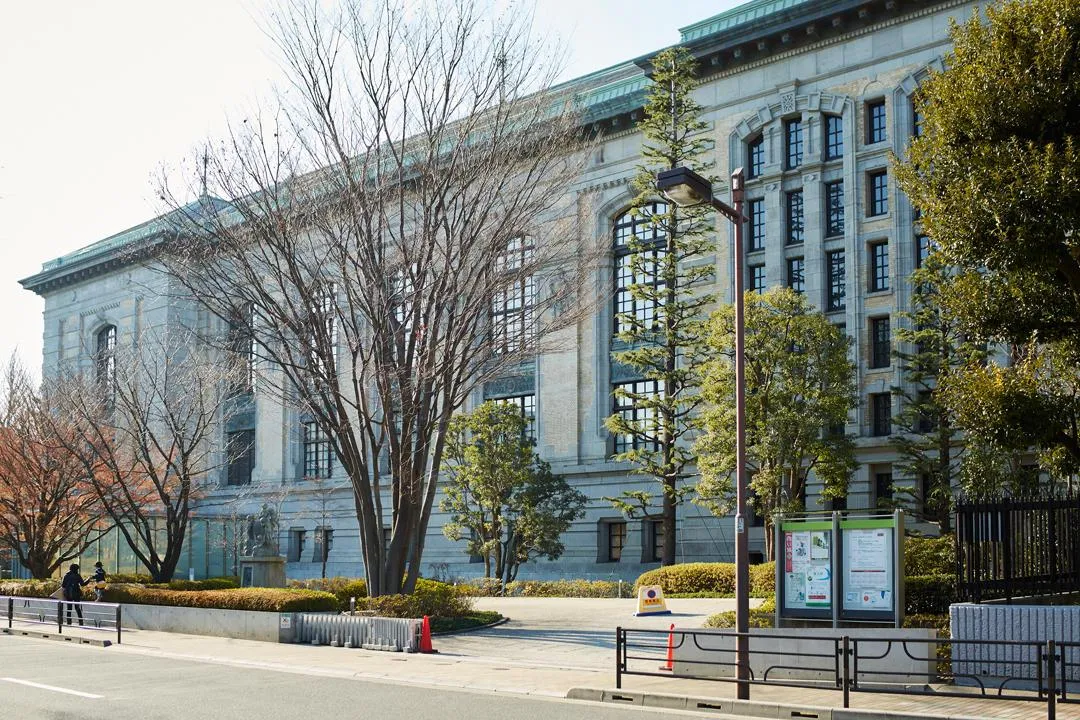
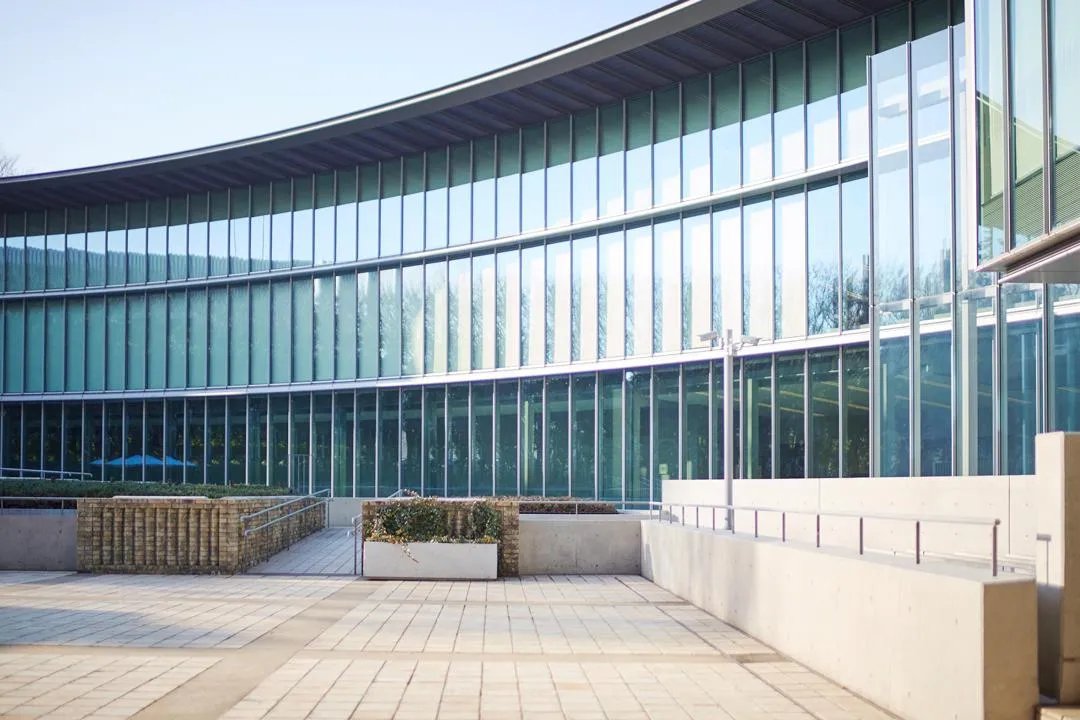
Originally built in 1906 as the Imperial Library, the building had extensions added on in 1929, and it was extensively renovated in 2015 by the renowned Japanese architect Tadao Ando. The current ILCL comprises two elegant buildings - the classical Brick Building from the 1900s and the annex Arch Building.
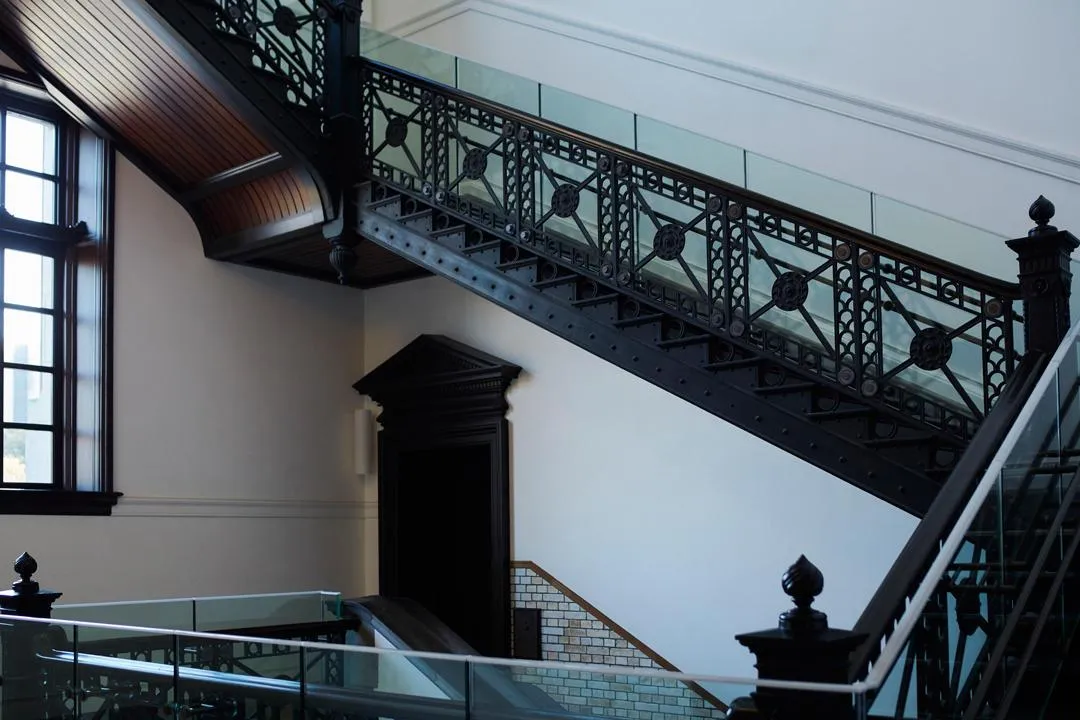
The Renaissance-style and stately Western architecture of the Brick Building dates back to over a century ago. Its decorative plasterwork ceiling, ornamental pillars, yosegi zaiku wooden mosaic flooring, and other original interior features have been preserved. Among them is the masterpiece Grand Staircase, which sweeps through the building from the first to the third floor. From the daintily-designed handrails and chandeliers to the wooden doors made from Japanese zelkova, the enrapturing beauty of the building's interior has become even more refined over time.
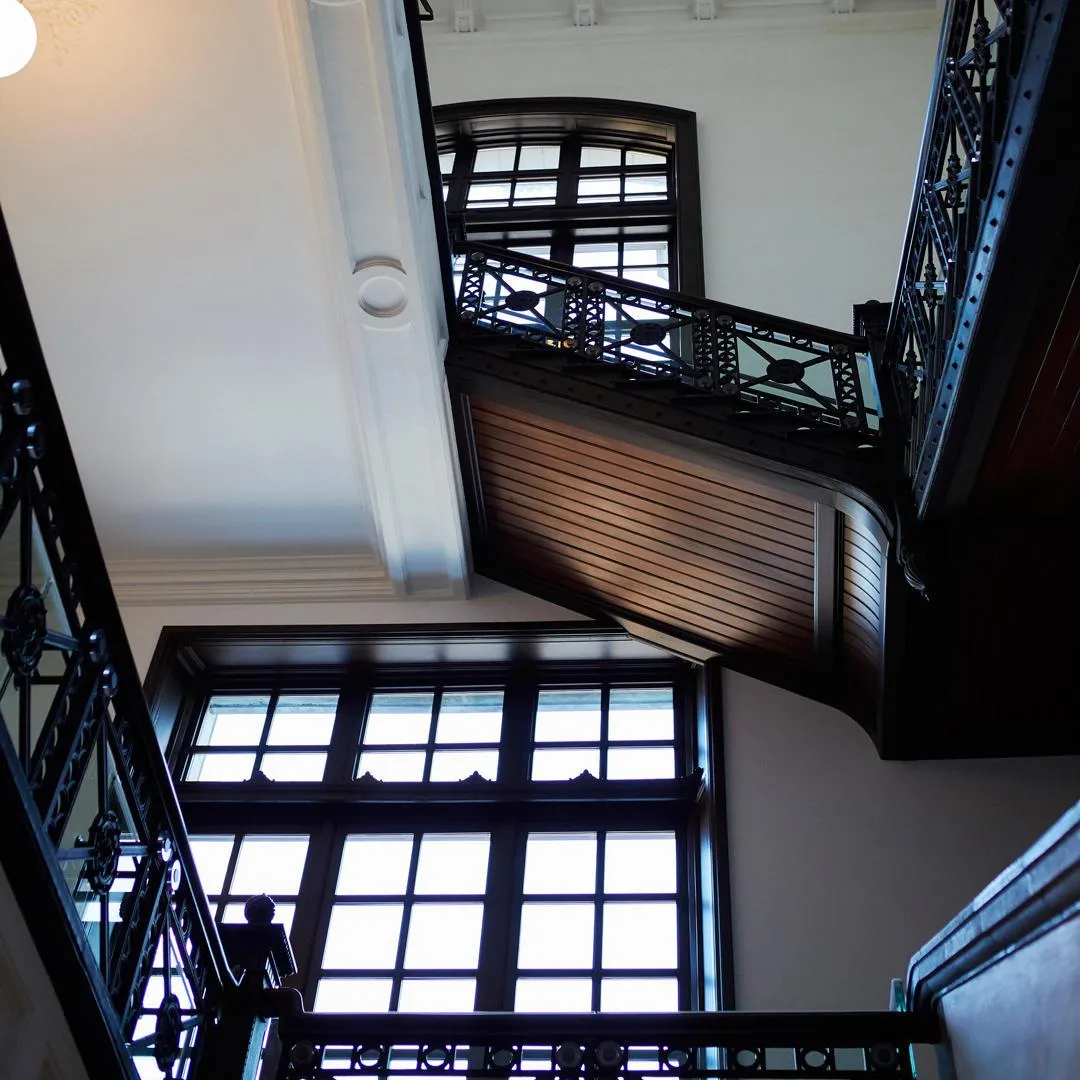
Then there is the completely glass-covered Arch Building, with a shape that elegantly curves like an arrow; this calming curved design looks a little like the bent page of a book.
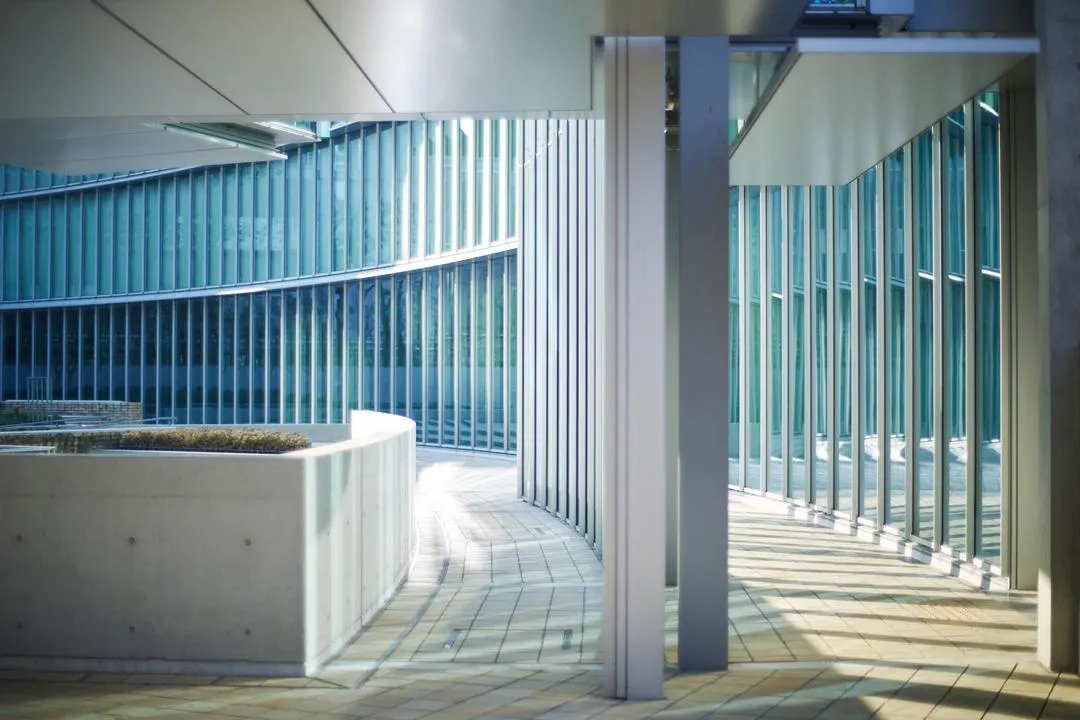
Kayaba Coffee:
Loved by locals since 1938,
with peaceful ambience and locally-inspired menu.
After immersing yourself in the history and culture of Ueno, it's time for a relaxing coffee break. Follow the road in front of the main gate of the Tokyo National Museum, and head in the direction of Yanaka. Keep walking past the Tokyo University of the Arts, and once you reach Kototoi Dori you'll see at the intersection of the street the retro café Kabaya Coffee located in an old folk house.
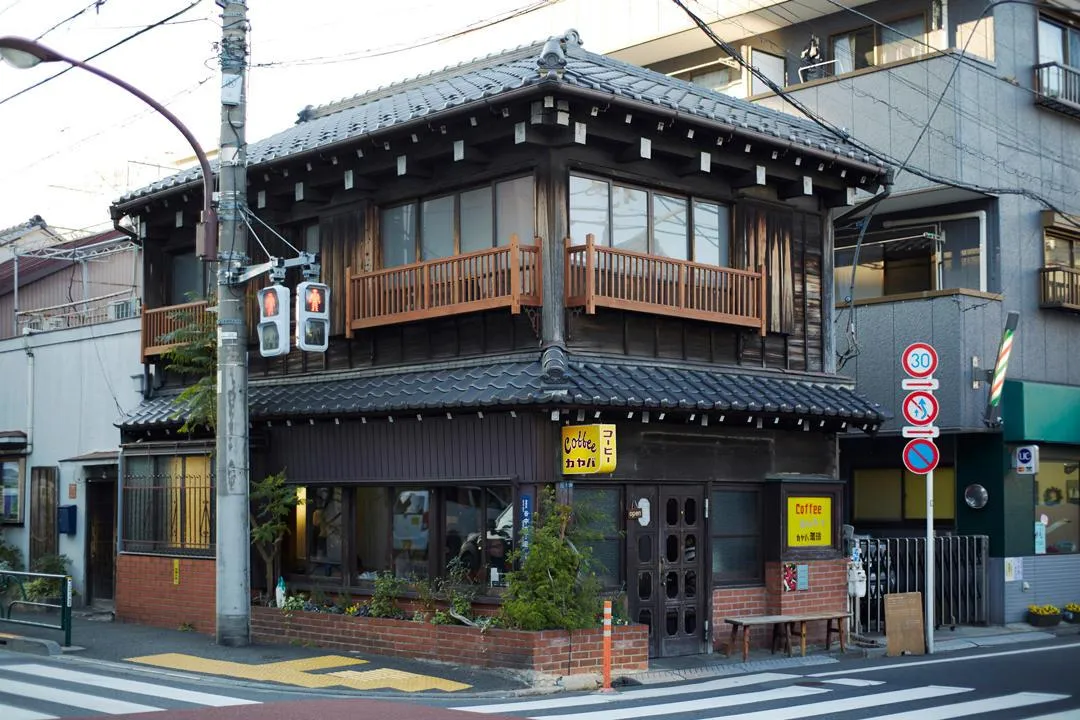
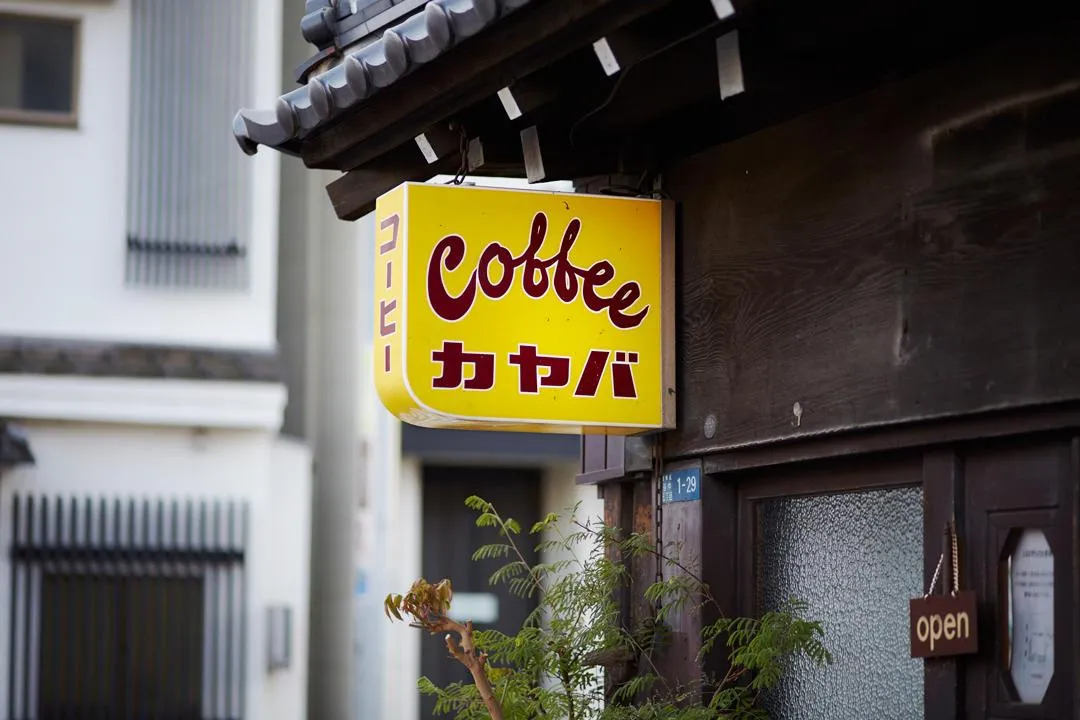
It opened for business in 1938 and closed in 2006 - but only temporarily; thanks to enthusiastic support from local volunteers, Kabaya Coffee opened its doors once again in 2009. Set in a merchant house built over a century ago in the Taisho era, this atmospheric coffee shop and café truly brings to life the ambience of that time. Enjoy a delicious coffee here, while relaxing in a retro setting that makes you feel like you've stepped back in time.
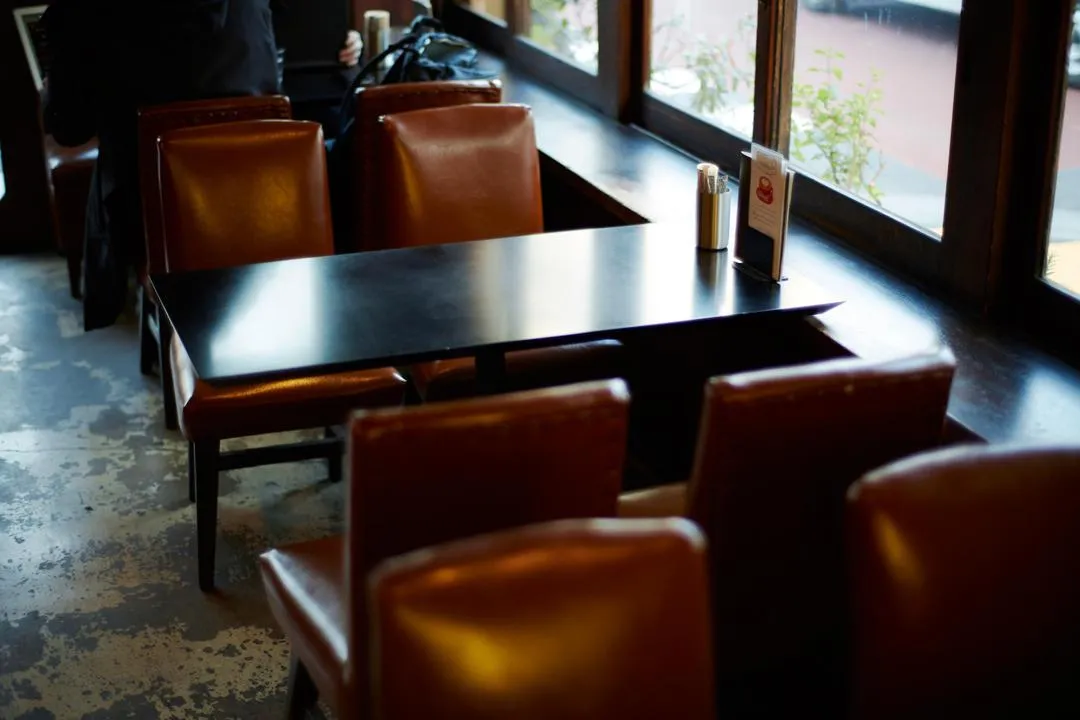
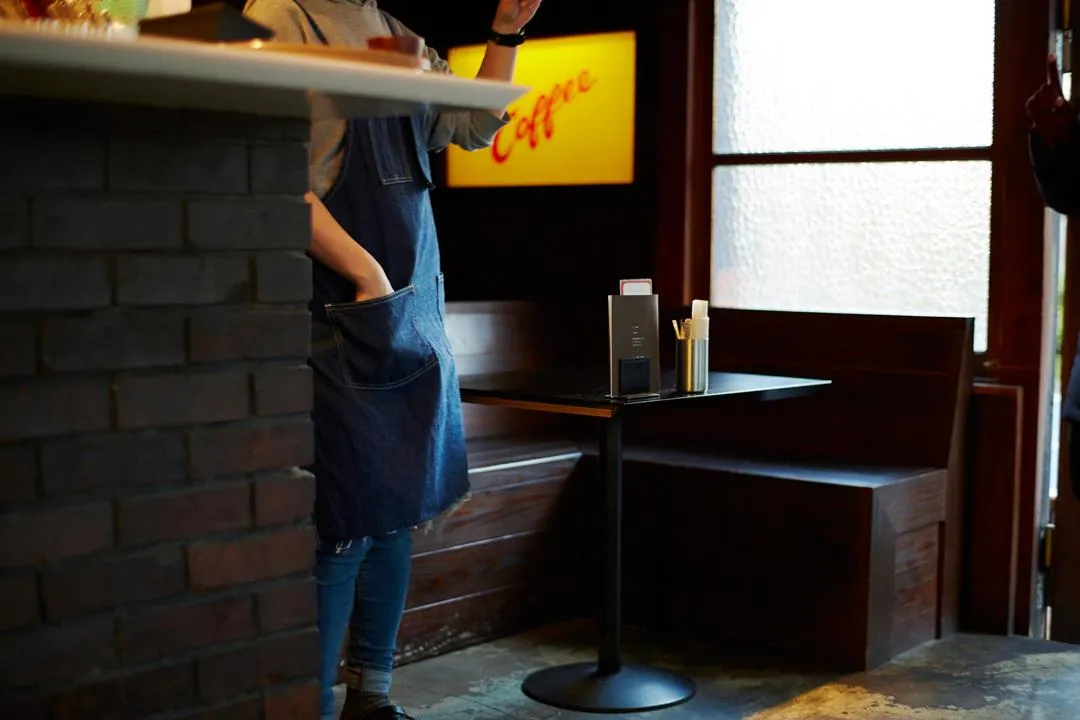
The coffee is brewed using beans from the Norwegian café Fuglen, which is based in Oslo.
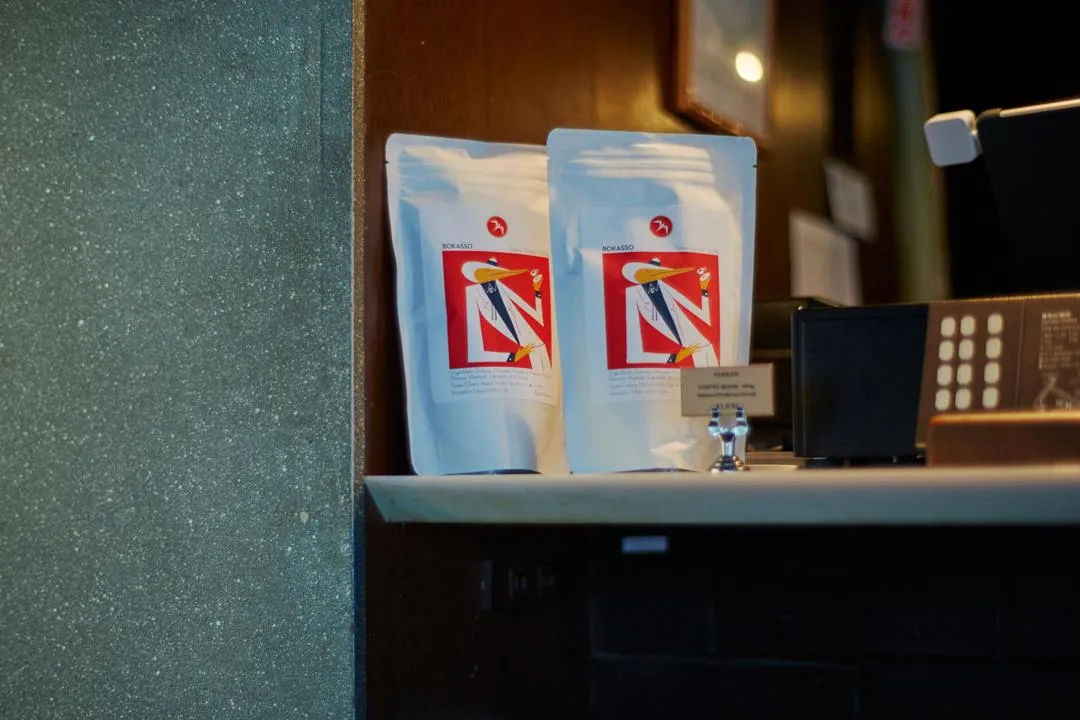
The café's coffee has garnered rave reviews worldwide for its rich flavor with a fruity aftertaste, which us brewed Nordic style from lightly roasted beans. And if you're feeling a bit peckish, why not nibble on Kabaya Coffee's famous egg sandwich? The menu uses a range of local ingredients from the Yanaka area, including an anmitsu agar of syrup-covered anko bean jam and fruit and ham used in the ham sandwich, as well as chopsticks and other utensils made in the neighborhood. You can really feel a sense of closeness to the locals at this heart-warming café.
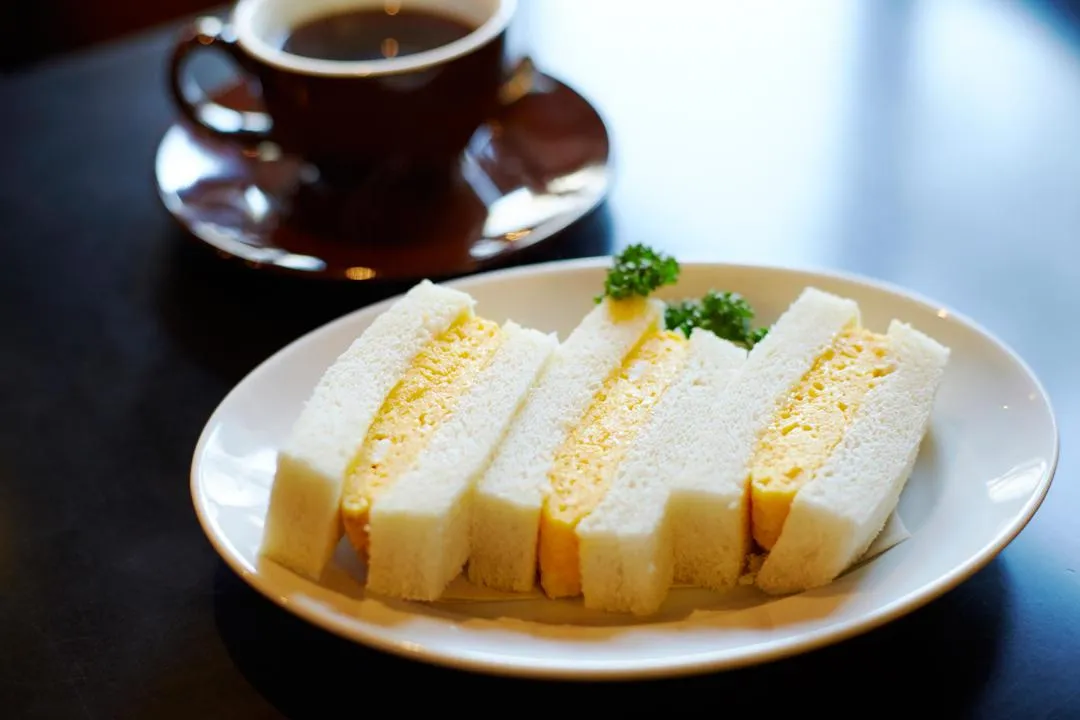
After having a brief break, you can either head back to the hotel by taking a leisurely walk through the lush nature of Ueno Park, or if you're feeling tired, you can also catch a cab to the hotel - it's only a short distance and won't cost much.
NOHGA HOTEL also has its own collection of modern art, family crests and other artworks on display; so why not complete your cultural stroll around Ueno at the hotel, right where you started?
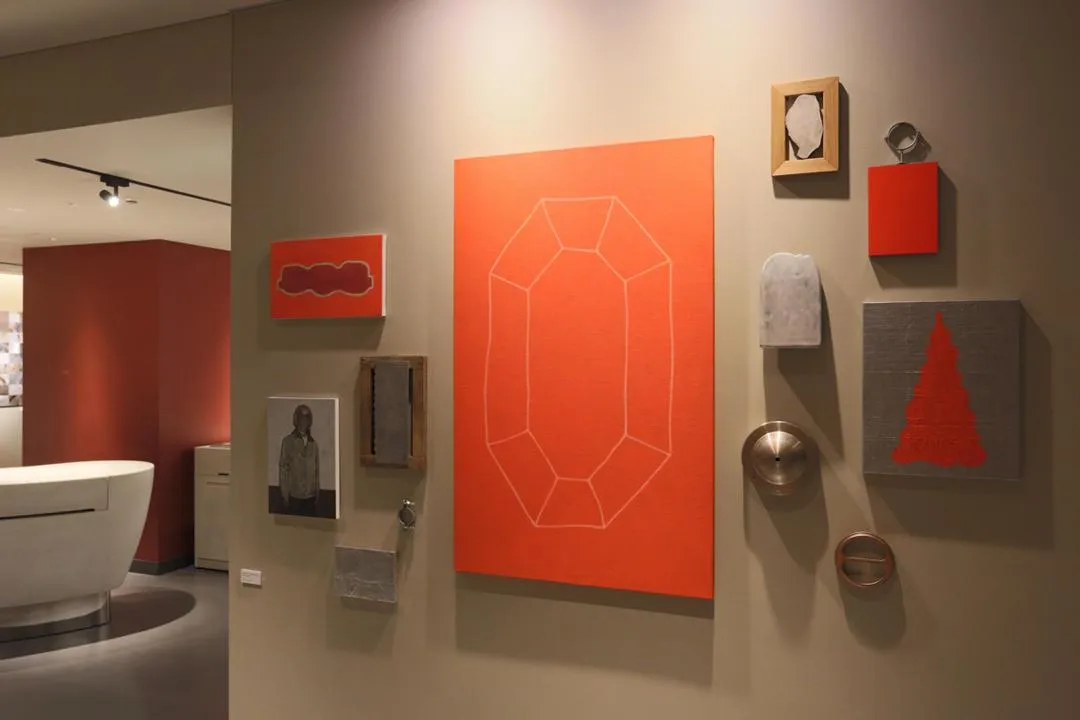
"UENO WELCOME PASSPORTS" are now available for purchase at NOHGA HOTEL
For those interested in visiting many of Ueno's famous museums, landmarks, zoos, etc., this passport grants you one-time entry to 16 must-see spots in our area! A simple, economic, and fun way to thoroughly enjoy the tradition and history of this truly special, beloved area of Tokyo.
【Type A】Permanent Exhibitions Only: 2,000 JPY (tax incl.)
【Type B】Permanent and Special Exhibitions: 3,000 JPY (tax incl.)
*Through September 30th, 2019
Nomura Real Estate Development Group
TOKYO
Other prefecture

